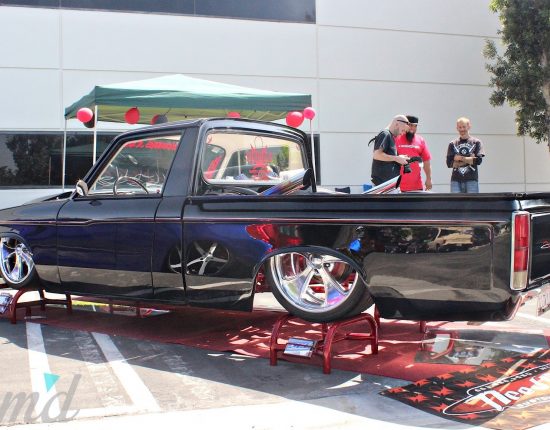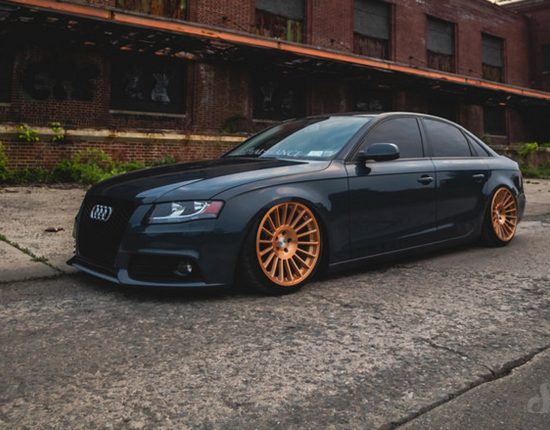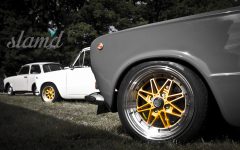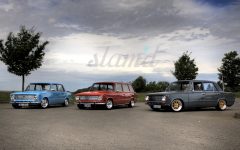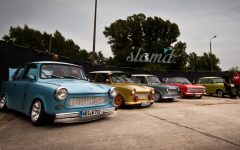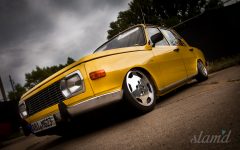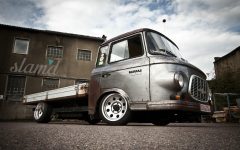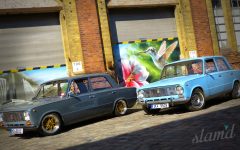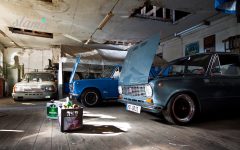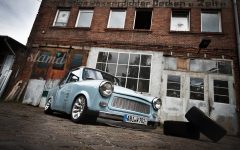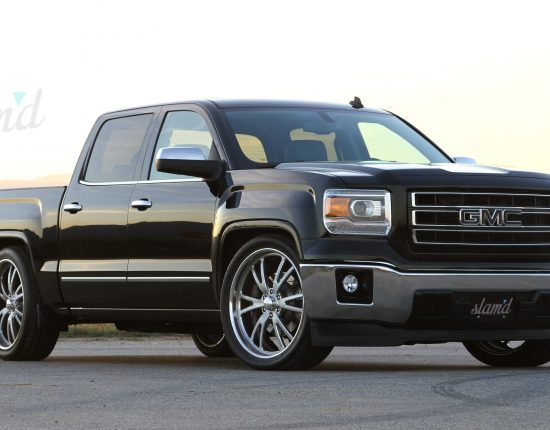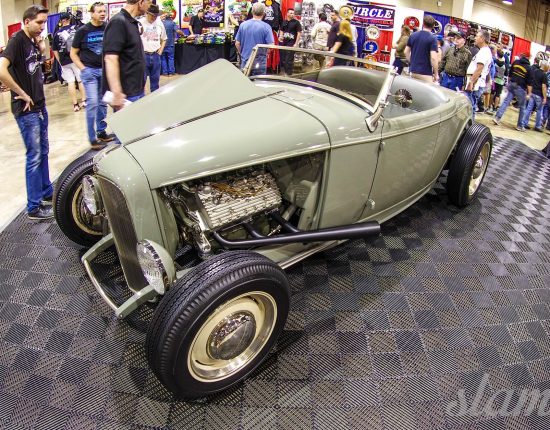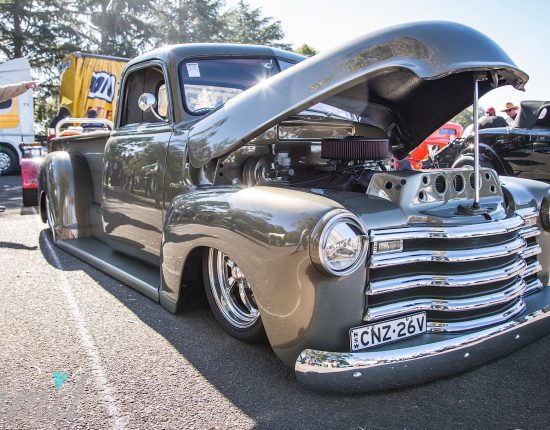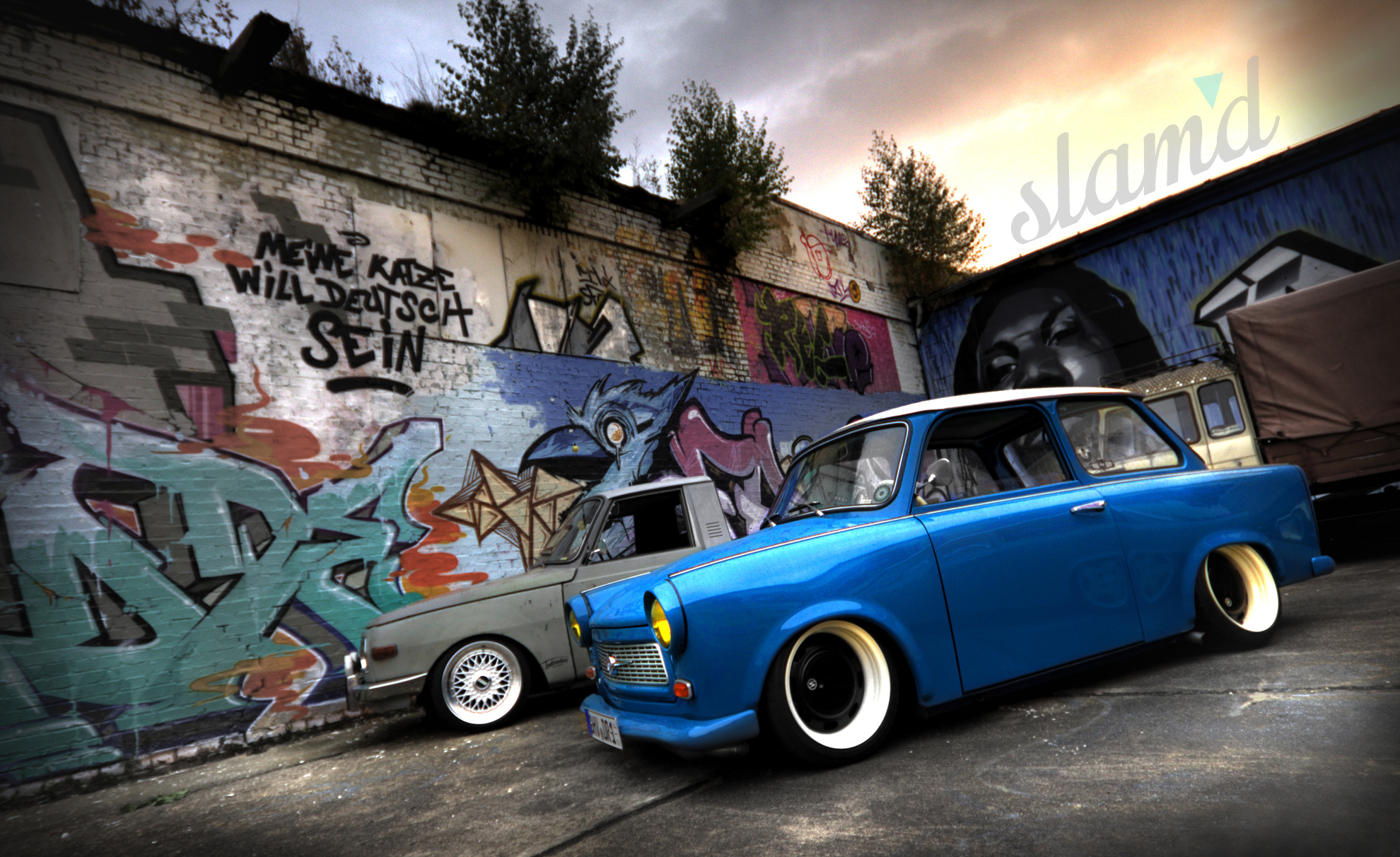 You might think that the German car scene consists mainly of VWs, Audis, and Mercs (Mercedes Benz, not Mercurys) and though this may well still be true, there is a much different scene developing, a scene which found its beginnings in times of the cold war and 2-stroke engines. This scene has been revived and recently popped up out of the ground like mushrooms stretching from Hungary to Germany – here, it’s all about vintage cars of the former Eastern Bloc. Their owners could be described in three words: young, wild, and unconventional. There is no room for stock vehicles here, their cars need to be slammed to the ground, have engine work, wild wheels, and make a lot of noise.
You might think that the German car scene consists mainly of VWs, Audis, and Mercs (Mercedes Benz, not Mercurys) and though this may well still be true, there is a much different scene developing, a scene which found its beginnings in times of the cold war and 2-stroke engines. This scene has been revived and recently popped up out of the ground like mushrooms stretching from Hungary to Germany – here, it’s all about vintage cars of the former Eastern Bloc. Their owners could be described in three words: young, wild, and unconventional. There is no room for stock vehicles here, their cars need to be slammed to the ground, have engine work, wild wheels, and make a lot of noise.
When the communist empire crumbled to pieces in 1989 so did the Eastern European car world. Many East Germans couldn’t get rid of their Trabants, Wartburgs, Moskviches and Ladas fast enough, often selling them for a symbolic 1DM. And all too quickly they started buying up Western European cars like VW, Audi, Opel, BMW etc. Some now bitterly regret their actions when seeing that nowadays an original Trabant can bring up to a few thousand EUR on the market, depending on its condition.
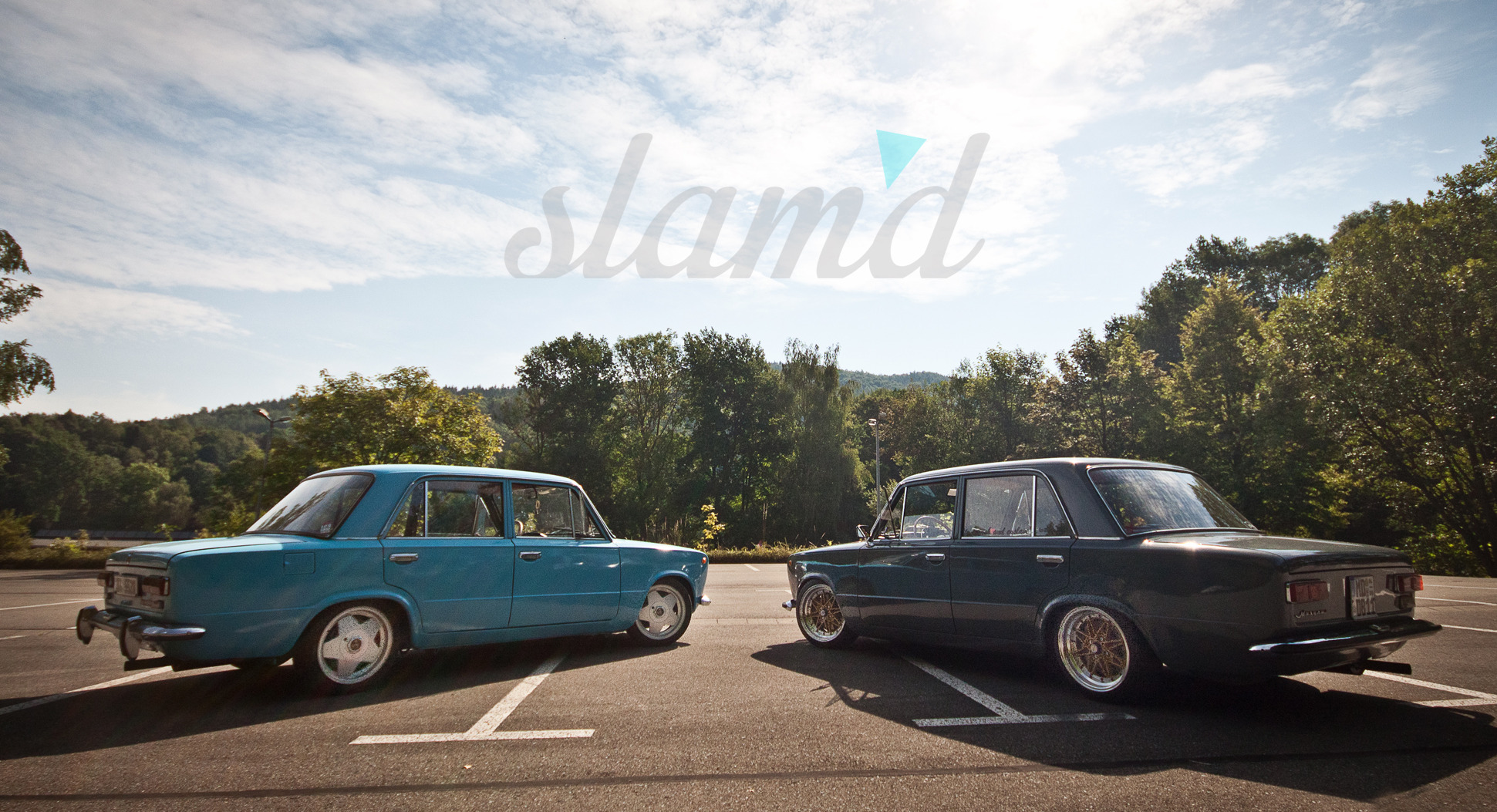
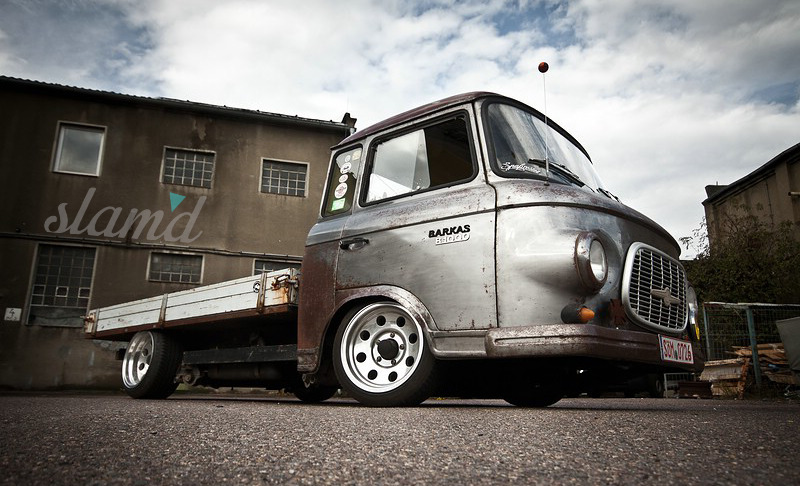
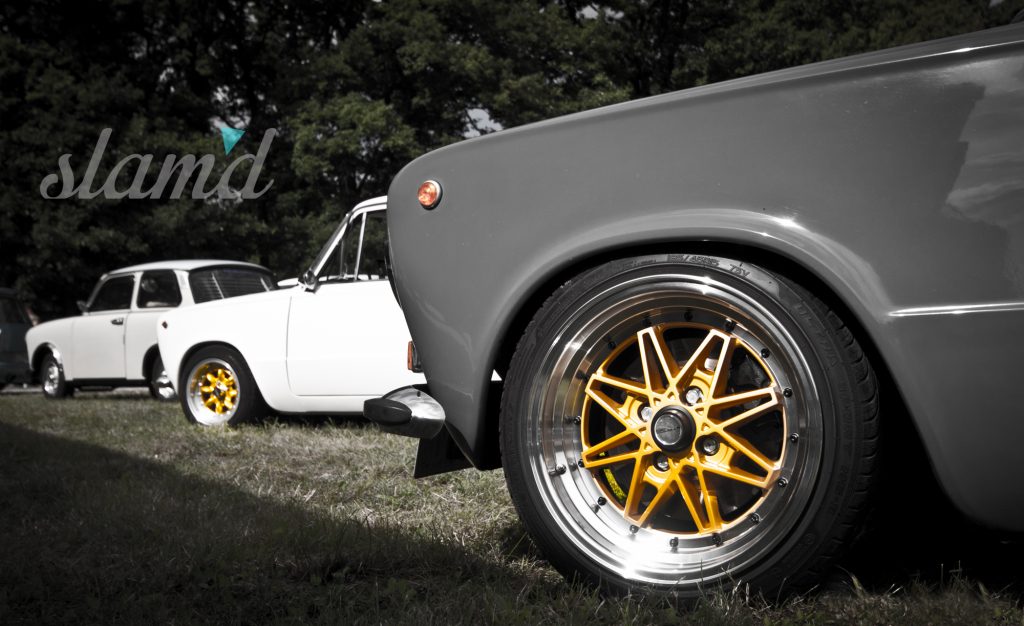 Photos: KB Photo Art | Words: Rene Bauer
Photos: KB Photo Art | Words: Rene Bauer
Telling this tale in first person will allow me to share my personal stories and project cars with you, so bear with me as my English is a bit different than what most of you might be use to. I bought my first Lada about four years ago now, at first I was just looking for a cheap old car to run down and later on, just get rid of. Lada used to be an Eastern European upper class car – a few decades ago. What I didn’t take into consideration when purchasing this car was that I would quickly become addicted to an underground car culture surrounding these fine autos. The smell of it reminds me of my childhood days and that is maybe why so many younger people are now drawn to these cars. The other thing adding fuel to the addiction is that once you start tuning, it quickly becomes a neverending story of mod after mod. You can’t substitute power by anything but more power and you can’t change a low stance for anything but an ever lower stance.
“Jeez, get off our yard with your 4×4 suspension!” were the first words I heard from my now, good friend Marc when I visited the “Locos Garage” for the first time in my blue Lada. Quickly followed up with “you need proper rims, not that stock crap!” (but in a much harsher German tongue ha ha). That next wise crack came from our friend Dima. I was beginning to wonder what I was actually getting into, but when encountering a Trabant called “The Brown Thing” and a mouse-grey Lada known as “The Communist” I suddenly understood that I would fit right in with these rough boys. I had stumbled upon this group of absolutely insane youngsters which seemed to live off Beck’s and petrol, and I became entranced when the rattling and hammering around me got louder and louder and more Trabants and Wartburgs arrived in the yard outside the Locos workshop. Well, arrived is an understatement, they rather scraped to a halt around me.
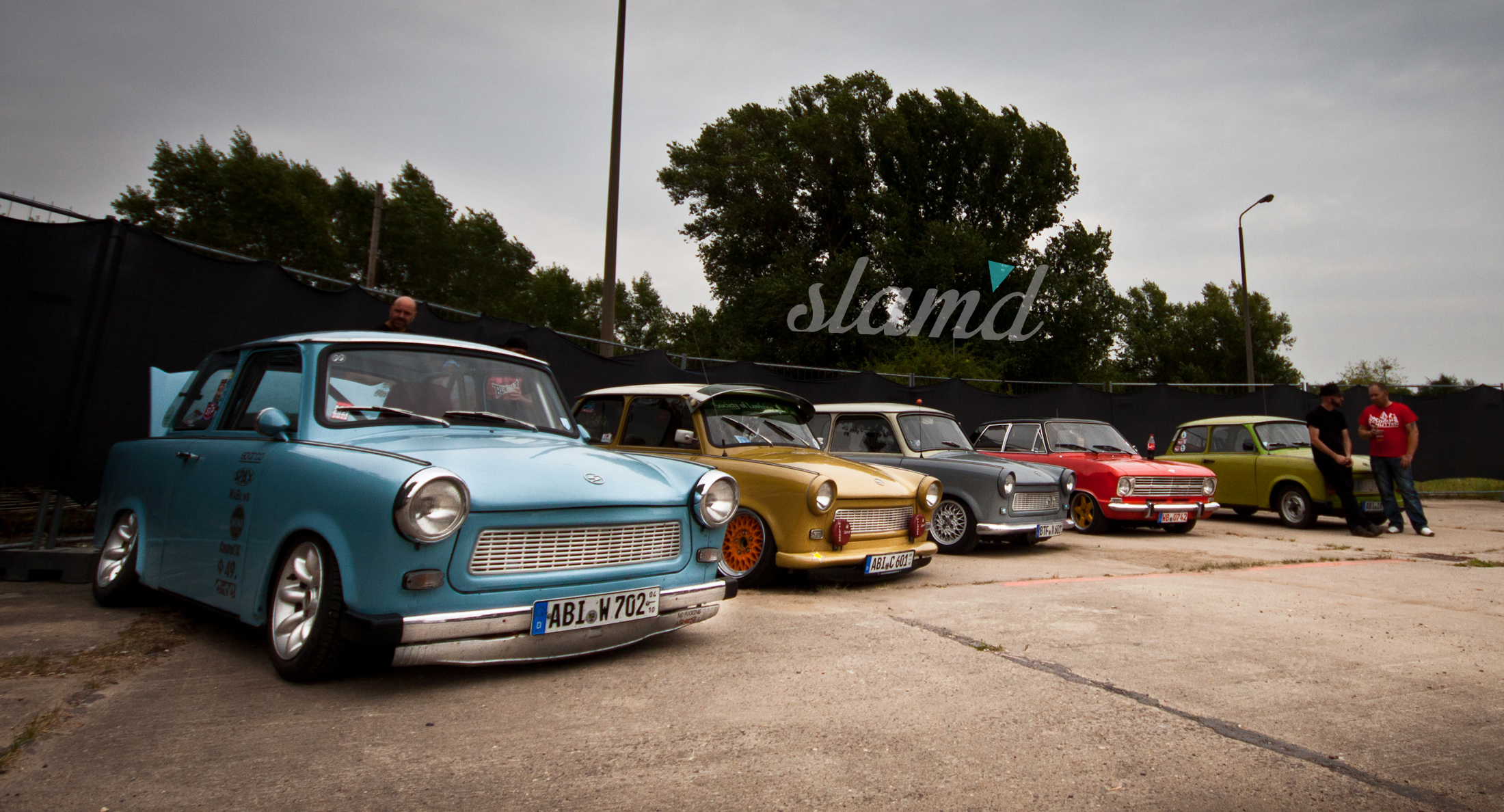
I had never seen anything like this and immediately started to smile and feel a sense of belonging. But the cough cut the daydreaming short with tears in my eyes, 2-stroke exhausts are a terrible thing, especially when surrounded by multiple loud cars firing off at the same time. But from that moment on it all started for me – I met people with funny nicknames and got pulled from one East German “lowrider” to the next. What I found intimidating in the beginning soon turned into a fondness and I knew one thing for sure – my Lada had to quickly get closer to Mother Earth. After all, that’s exactly what attracted me to the boys here at Slam’d Mag, as everything is done up to the nines and sits just right for my liking, well done gents!
Ok, back to my story. So just how did this scene develop? Why are so many young people in Eastern Germany so excited about Trabi, Wartburg and Co., and more? I think the answer to that when looking at the German car scene in general is: nostalgia, simplicity and extravagance – all rolled into one. Tuned MkIII Golfs, lowered Polo and BMW squadrons as well as pimped Beetles, we’ve seen them all here and it’s just nothing special anymore. But a Trabi with stance wheels or Ronal Turbo rims and a near-45 degree camber with roll-cage, sport seats and 75 bhp out of a 2-stroke engine – that’s the stuff you won’t see everyday and will definitely make heads turn when scraping your way to the local ice cream parlour! And that’s exactly what these guys are after, eccentricity bordering on insanity, while still having a good time. Just when you think it can’t go any lower, these guys come up with another trick and drop it a little more. The most remarkable thing about this is, most are static, and the motto here is: if you slam it, you better drive it that way.
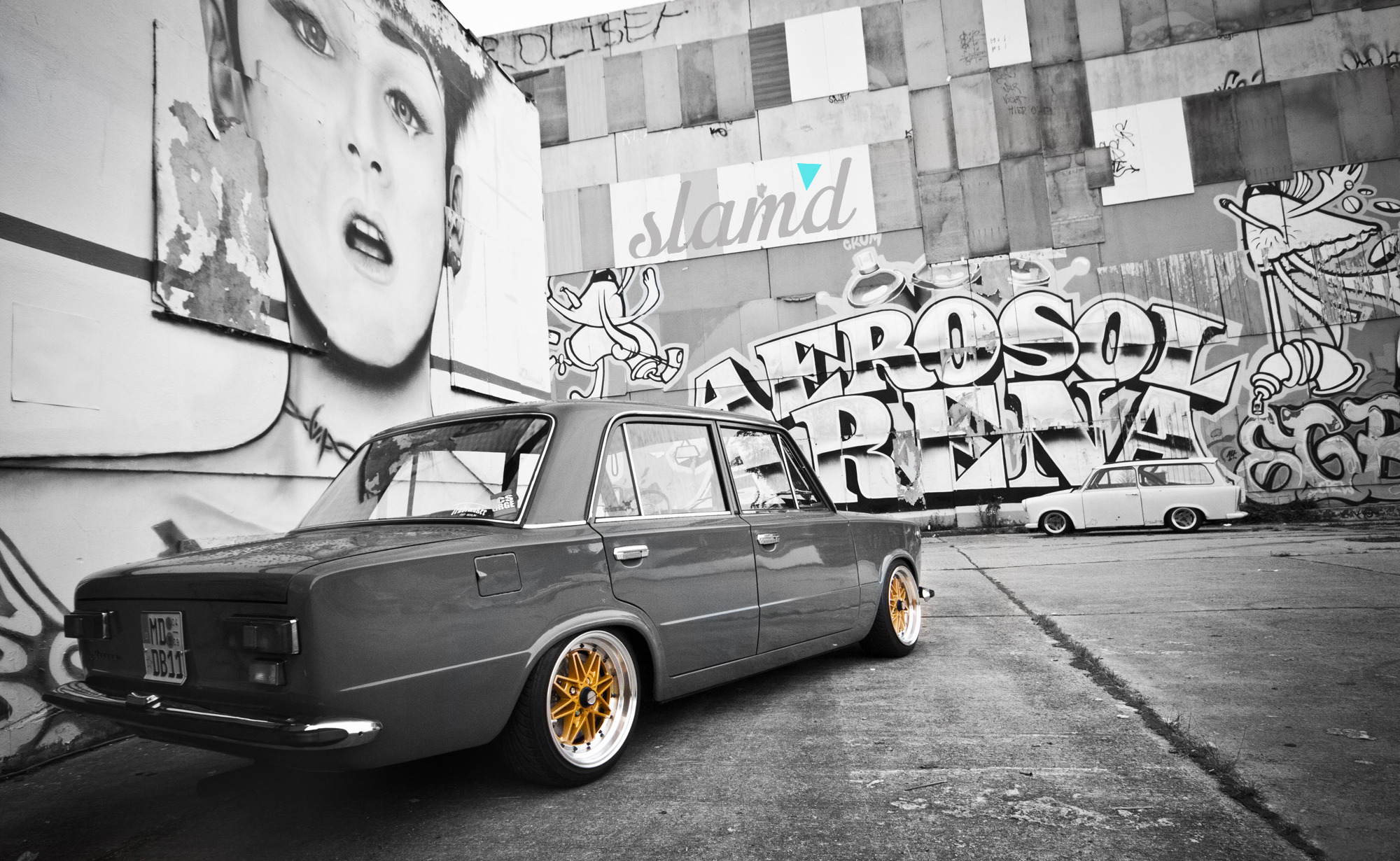

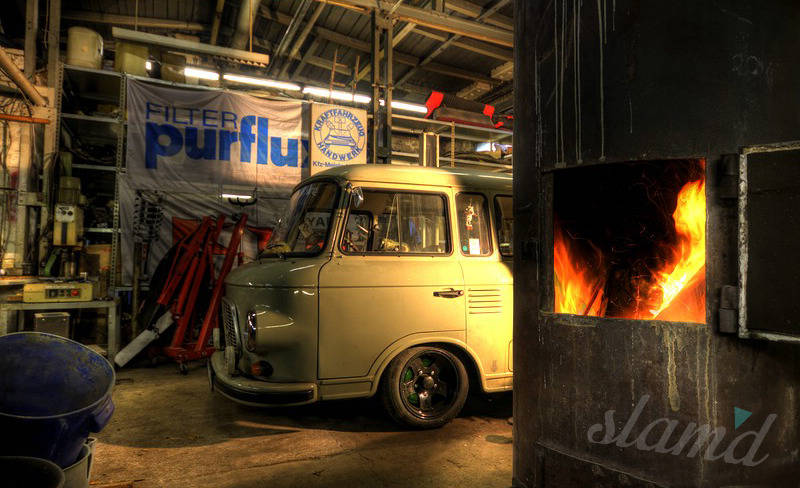
Another factor adding to the quick popularity are the relatively simple carburettor-engines; they can be tuned the classical way and compared to modern cars, prices for spare parts are quite low. Also, it’s fairly easy to learn mechanics on these engines, even I as a photographer being a bit more creative than practical, am able to do a lot of stuff myself. To put it in better words – if you have a 13mm spanner and a big hammer you can repair most of these engines. The other thing making these modified cars so unique is that there are no tuning parts “off the shelf.” You can’t just buy suspension kits and engine tuning parts. So the custom mods include flexed and rebent springs, rewelded axle holders, decked cylinder heads, polished and enlarged channels and manifolds, and they even go as far as frying together their own exhaust designs for a louder sound and and and…I could continue this list of custom mods on and on. The next important thing are the rims: they need to be wide, deep, and polished and often it happens that you will find BBS, Maserati or Mercedes, and Audi rims being used. When it comes to new designs and imagination these guys have no limits, the final result being a unique, very low, and very loud piece of machinery.
As you would have guessed, most of the “tuners“ of Eastern Block cars are from the former communist countries, but even in the Western part of Europe the number of owners of these neat cars is on the rise, and there are a lot of workshop collectives. A lot has happened in the last few years, mostly backyard mechanics are kind of roughnecks living in old industrial halls and factories and they’re stuffed with old cars, wrecks, tools, hoists and whatever is needed. Another positive aspect is that all these collectives know each other; no matter if you are “Goitzsche Coast Customs,” “Trabimakers” or “Locos Garage” and it doesn’t even matter which country you come from, those relations are crossing borders with a single common bond – the classic car. The “Wartburg Radikalz” for example are from Poland or the “Low DDRs” from Slovakia and these groups meet up on various events all over Europe. One of the biggest and most popular Trabant meetings is in Anklam by the Baltic Sea, or they organize big parties in their own workshops from time to time throughout the year. And yeah, you guessed it, we’re not much different than our Western Slam’d counterparts – beer, parties, cars, and women are all part of our magic recipe! More so because those workshops are not just there to build custom cars but they are a social and cultural centre – here, car culture isn’t preached, but lived and practiced.
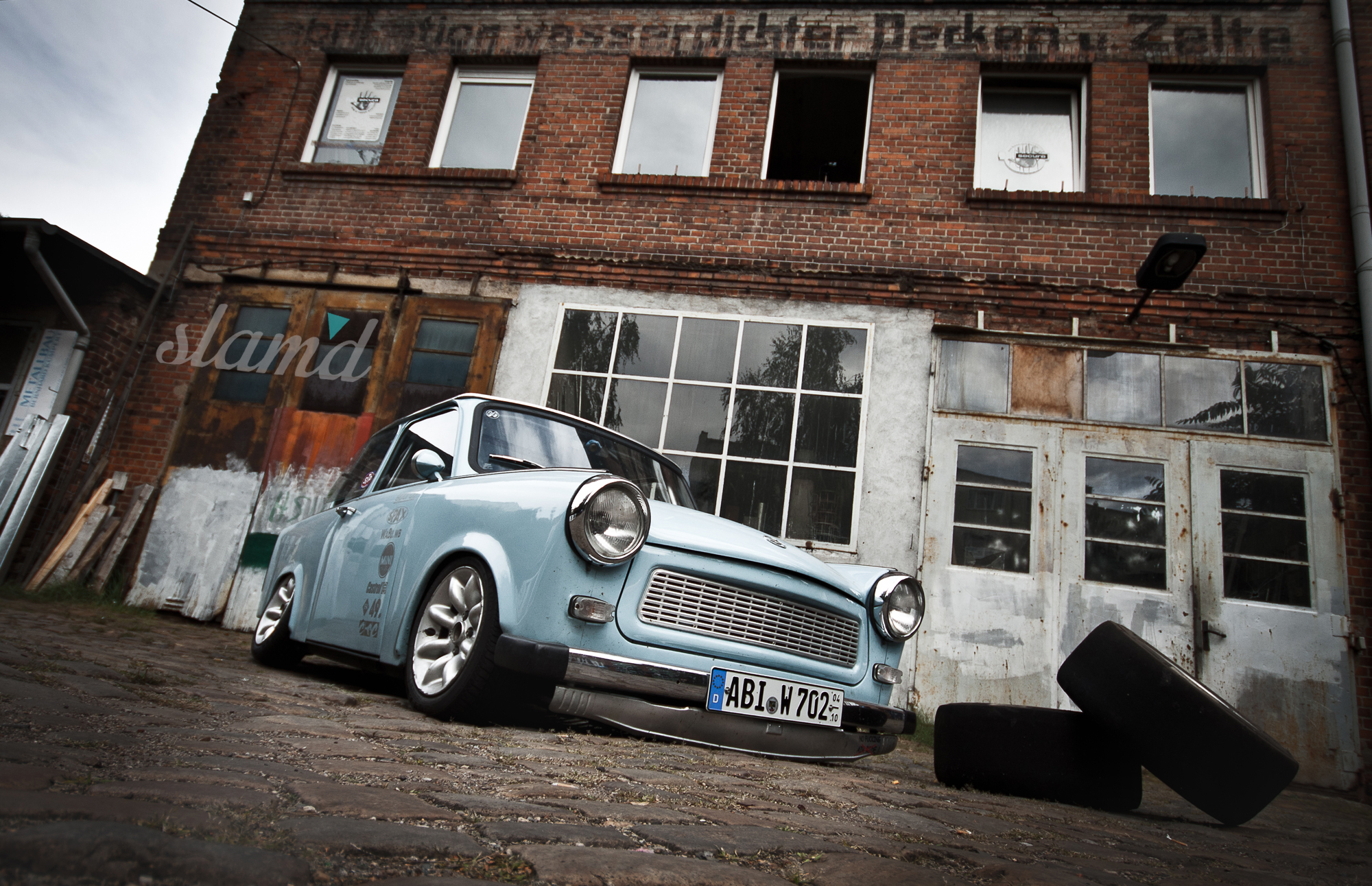


Anyone taking a closer look at European car culture shouldn’t miss these crazy Eastern Block tuners, and whoever previously saw this partly crazy branch as an immature annihilation of precious vintage car substance should think twice and have a closer look at each of these cars. To find out the love for detail, knowledge, and innovation that make up such a car and finally make up the whole charm of the art of “Ostblock Oldskool” – thank you for sharing my story of the Eastern Block Oldskool!
